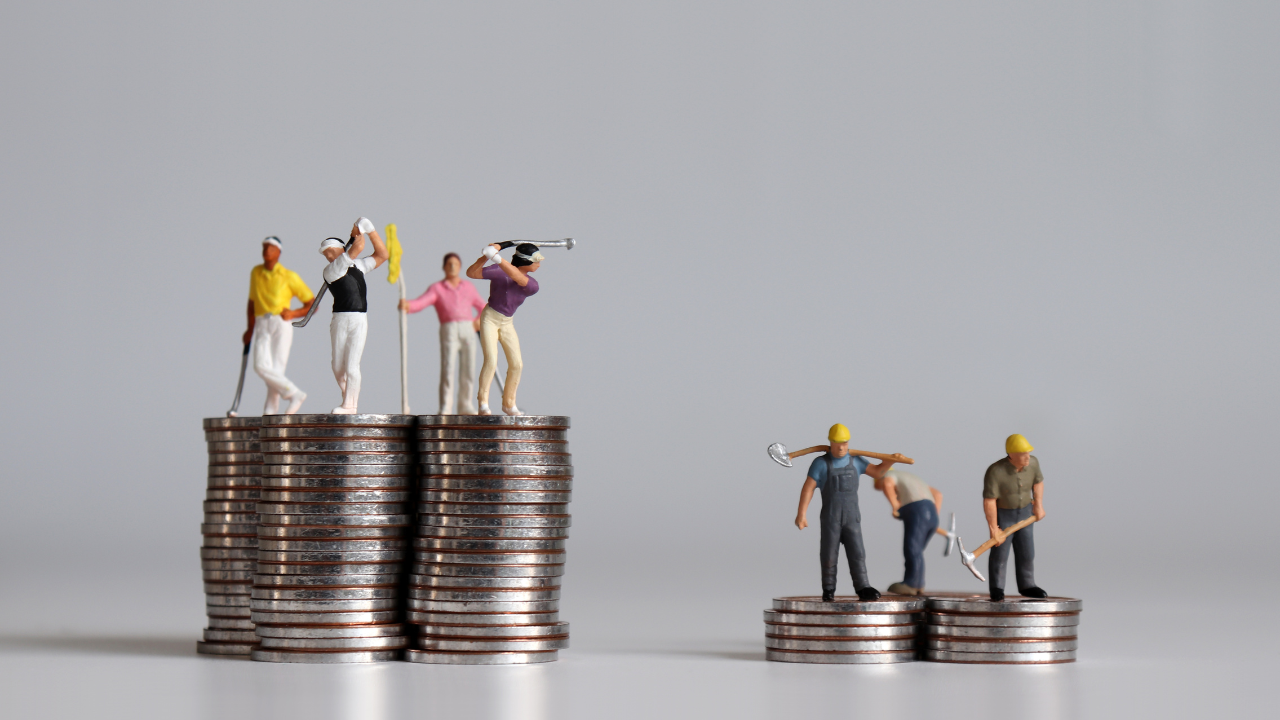The wealth gap between the ultra-high-net-worth individuals (UHNWIs) and the middle class has become a defining challenge of our time. In 2024, this trend shows no signs of abating, prompting concerns about its long-term social and economic consequences. This analysis delves into the extent of this disparity, its potential ramifications, and promising avenues for achieving greater economic equity.

Quantifying the Divide: A Stark Contrast
Recent wealth reports paint a concerning picture. Reputable institutions like the World Inequality Lab reveal a growing concentration of wealth at the top. While the middle class grapples with stagnant wages and rising costs of living, billionaire fortunes continue to soar. For example, a 2023 Oxfam report estimated that the wealth gained by billionaires during the pandemic alone could have addressed global vaccination needs and provided social safety nets for vulnerable populations [Insert Link to Oxfam Report].
Beyond the Numbers: A Multifaceted Issue
The widening wealth gap is driven by a confluence of factors. Here’s a closer look at some key contributors:
Technological Transformation: Automation and artificial intelligence are reshaping industries, displacing middle-class jobs in manufacturing and routine tasks. While creating opportunities in new technology sectors, the transition can be arduous for workers who lack the necessary skills or training to adapt.
The Globalization Paradox: Globalization offers wider markets and access to cheaper goods, but it can also lead to a race to the bottom for wages. Companies seeking to maximize profits may relocate production to countries with lower labor costs, leaving workers in developed nations vulnerable.
Policy and Regulatory Landscape: Tax breaks, lax regulations favoring corporations and the wealthy, and policies that promote income inequality further concentrate wealth at the top. For example, a 2022 Congressional Budget Office study found that tax cuts enacted in 2017 disproportionately benefited the richest Americans [Insert Link to CBO Study].
The Ripple Effect: Consequences of Inequality
The consequences of a widening wealth gap are far-reaching and can negatively impact society as a whole. Here are some key concerns:
Economic Stagnation: A stagnant middle class with shrinking disposable income limits consumer spending, a critical driver of economic growth. This can lead to slower economic expansion and reduced opportunities for all.
Limited Social Mobility: Upward mobility often hinges on access to quality education and opportunities. When wealth becomes increasingly concentrated at the top, it can create barriers to social mobility, limiting social progress.
Social Unrest and Political Instability: A growing sense of economic injustice and unfairness can fuel social unrest and political instability. History demonstrates that societies with vast wealth inequality are more susceptible to social breakdown and revolutions.
Bridging the Divide: Potential Solutions
Addressing wealth inequality requires a multi-pronged approach. Here are some promising avenues to explore:
Progressive Tax Structures: Implementing fairer tax structures that ensure a more equitable distribution of the tax burden can generate revenue for investments in social programs and infrastructure. This can help create a more level playing field and reduce the burden on the middle class.
Investing in Education and Training: Equipping individuals with the skills they need to succeed in the new economy is crucial. Investments in vocational training, STEM education programs, and lifelong learning initiatives can help workers adapt to the changing job market.
Strengthening Social Safety Nets: A robust social safety net, including programs like unemployment insurance, affordable healthcare, and accessible childcare, can provide a crucial safety net for those who fall behind or lose their jobs due to technological disruptions. This can help reduce poverty and hardship, fostering a more equitable society.
Conclusion: A Collective Responsibility
The wealth gap between billionaires and the middle class is a complex issue demanding serious attention from policymakers, businesses, and individuals alike. By understanding the causes and consequences of this disparity, we can explore potential solutions and work towards a more equitable future for all. Through innovation, social responsibility, and a commitment to fairness, we can bridge the great divide and build a future where economic prosperity is shared by all.
